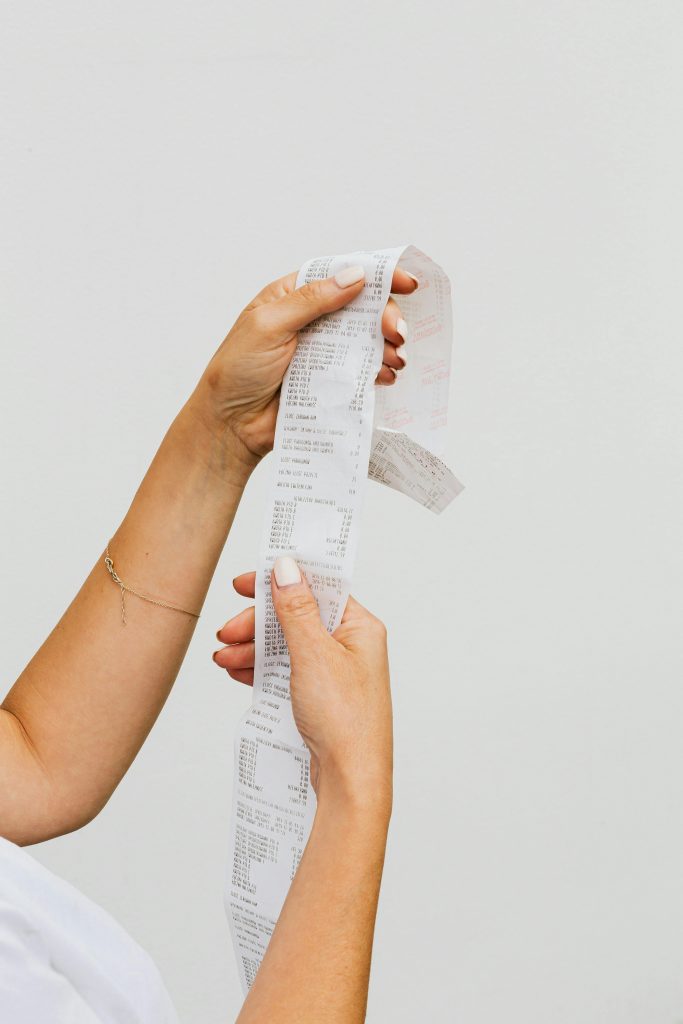Collaboration is the key to creating something truly unique—especially in today’s world, where it may seem like everything has been done before. That’s where co-branding comes in. This marketing strategy allows businesses to join forces and create something extraordinary.
But what exactly is co-branding? What are the different types of co-branding, and what are the advantages and disadvantages of this approach?
Let’s explore together and look at 30 real-world co-branding examples along the way.
What is Co-branding?
Co-branding is a strategic partnership between two or more brands that jointly develop a product, service or customer experience.
By leveraging each other’s strengths and resources—like expertise, funding, or brand image—the main goal is to benefit from each other’s reputation and customer base.
So, a co-branding partnership can increase visibility, broaden market reach, and boost customer loyalty for all involved brands.
Is Co-branding the Same as Brand Collaboration?
Not quite. Co-branding is a specific form of brand collaboration.
Brand collaboration refers to any relationship a brand can engage in, for example:
- brand-to-brand (including not-for-profits)
- brand-to-artist
- brand-to-customer
- brand-to-influencer
Brand collaboration can take different forms—such as joint marketing or joint support of charitable causes—without necessarily resulting in a product.
Co-branding, however, always leads to a shared result, like a product, service or experience.
Types of Co-branding and 30 Co-branding Examples
There are different ways to co-brand and countless examples. Here are just a few of them to give you an idea:
Product Co-Branding
Two or more brands collaborate to create a new product or service that combines the strengths of all partners.
Examples
- Adidas and Allbirds jointly designed the lowest-CO2 performance footwear ever made by either brand. This collaboration shows both brands’ commitment to fighting climate change.
- Nike and Apple joined forces to co-develop the Nike+ iPod Sports Kit, which integrates fitness-tracking technology into running shoes. This allows users to track their workouts and performance seamlessly.
- Lego and Ikea collaborated on a storage system that combines Lego’s playful nature with Ikea’s functional furniture.
- Apple partnered with Goldman Sachs and Mastercard to develop the Apple Card, a digital credit card with real-time transaction visibility, a daily cash rewards program and no fees.
- Lego and Airbnb created a unique experience where people can stay in a Lego house filled with millions of bricks.
- Gucci and Vans created limited-edition shoes made from Gucci fabrics in Vans shoes.
- Mattel and Hasbro joined forces to create co-branded toys and games, such as a Barbie-themed Monopoly.
- LG and Prada developed a touchscreen phone together (before Apple launched the iPhone).
- Dolce & Gabbana collaborated with Smeg to create a line of brightly coloured and patterned kitchen appliances.
- Dyson joined forces with Issey Miyake to create a limited-edition hand-held vacuum cleaner.
Ingredient Co-Branding
Ingredient co-branding involves adding a specific ingredient or component of one brand to another brand’s product.
Examples
- Gore-Tex integrates its materials into garments for outdoor and sports brands. As a result, brands such as Mammut and Nike increase the performance of their products, while Gore-Tex gains awareness and sales.
- By using Intel processors, Dell benefits from Intel’s trusted reputation and high performance, while Intel profits from Dell’s distribution channels.
- Tesla and Panasonic have a similar partnership. Tesla improves the range and performance of its electric cars by using Panasonic batteries, and in return, Panasonic gains influence and sales.
- Nike and Headspace partnered to add meditation and mindfulness features to Nike’s fitness apps.
- Uber and Hilton’s partnership allows Hilton guests to book Uber rides to and from the hotel through the Hilton HHonors app.
- TripAdvisor and Deliveroo teamed up to integrate Deliveroo’s food delivery services into TripAdvisor’s platform.
- Easyjet and Europcar partnered to allow people to book rental cars through Easyjet’s website.
- Just as McDonald’s opted to partner with Coca-Cola, Subway decided to offer Pepsi beverages alongside its food.
- Oreo cookies are often incorporated into other treats, such as Milka’s chocolate bars or Häagen-Dazs ice cream.
- Here’s a local example from Wellington, NZ: My favourite vegan bakery, Belen, crafted special croissants to celebrate the launch of Fix and Fogg’s latest peanut butter flavour.
Joint Venture Co-Branding
Here, several brands establish their own legal entity to jointly develop and market products or services.
Examples
- Hulu is formed by several media conglomerates, including NBCUniversal, The Walt Disney Company, 21st Century Fox and Time Warner, to provide a streaming service with broad offerings.
- Sony and Ericsson joined forces as Sony Ericsson, combining their consumer electronics and telecommunications expertise to develop cell phones. The joint venture was dissolved in 2012 when Sony bought out the cell phone business.
- Star Alliance is a union of several airlines to provide long-distance travellers with more seamless connections and other benefits.
Complementary Co-Branding
In this partnership, brands with complementary products or services unite to complement each other’s offerings. The result is usually a better customer experience—not always a product or service.
Examples
- Casper and West Elm teamed up to allow customers to test Casper mattresses in West Elm beds. This benefits Casper’s customers and saves West Elm from purchasing display mattresses for its showrooms.
- Spotify and Uber partnered to let passengers play their favourite Spotify playlists during Uber rides. This collaboration creates a more seamless experience for Spotify and Uber users.
Geographical Co-Branding
Brands from different regions collaborate to access new markets, or large international companies partner with smaller, local brands.
Examples
- IKEA collaborates with local designers and artists to create region-specific collections like these Latin American artists.
- Lime and Uber work together so that Lime electric scooter users can book them directly using the Uber app.
Sponsorship Co-Branding
Different brands collaborate by jointly sponsoring or organising events to create an experience.
Examples
- Visa partnered with Uber Eats to offer more sustainable packaging for takeaways.
- GoPro and Red Bull collaborated on the “Red Bull Stratos” event, filming Felix Baumgartner’s skydive from the stratosphere. The brands also formed a global partnership, with GoPro being Red Bull’s exclusive camera and content partner.
Same-Company Co-Branding
This type of co-branding is a special case. In same-company co-branding, a company uses its established brand name to introduce new products or services.
Example
An example is Courtyard by Mariott, which benefits from Mariott’s name and brand image.
Benefits of Co-branding
Co-branding offers many benefits to the companies involved, including:
- Reaches more people through increased visibility.
- Enables entry into new markets and segments.
- Enhances a brand’s reputation by collaborating with other trusted brands.
- Creates new and unique offerings by combining knowledge and resources.
- Shares research, development and marketing costs.
- Retains customers by creating brand experiences. According to one study, 71% of consumers find it enjoyable when brands collaborate to create unique products.
Risks of Co-branding
Like anything, co-branding has some risks you should be aware of, including:
- Combining multiple brands can weaken the identities of the individual brands involved.
- If the partner brands don’t share the same values and beliefs, customers may become frustrated with the partnership.
- Negative press for one brand can impact the other brands’ reputation.
- Creating detailed contracts can be time-consuming and costly, especially for smaller brands.
- Dealing with the differing perspectives of all parties can be challenging.
Let me give you two negative examples:
- LEGO ended its collaboration with Shell because of the latter’s polluting reputation. Previously, the Shell logo was featured in Lego sets.
- After the partnership with Microsoft and the introduction of the Windows operating system in their phones, Nokia experienced a drop in demand due to the system’s unpopularity.
What Makes a Successful Co-branding Partnership?
A successful co-branding partnership is based on shared values, beliefs, and target audiences, as well as a similar strategic direction and mutual trust.
In addition, there should always be an explicit legal agreement regarding responsibilities, intellectual property and financial aspects.
Key Takeaways
- Co-branding is a strategic partnership between two or more brands aiming to create shared products, services, or experiences.
- Successful co-branding is based on shared values, target audiences, similar strategic direction and mutual trust.
- Different types of co-branding include:
- Product co-branding
- Ingredient co-branding
- Joint venture co-branding
- Complementary co-branding
- Geographic co-branding
- Sponsorship co-branding
- Same-Company Co-Branding
- Co-branding has many benefits, including greater brand reach and visibility, entry into new markets, increased credibility, product innovation, cost sharing, and increased customer engagement.
- However, co-branding also poses risks, such as the potential weakening of individual brand identities, value conflicts, reputation conflicts, complex legal agreements, and stakeholder engagement challenges.
If you enjoyed this article, you might like my article on personalisation for small brands, too.






